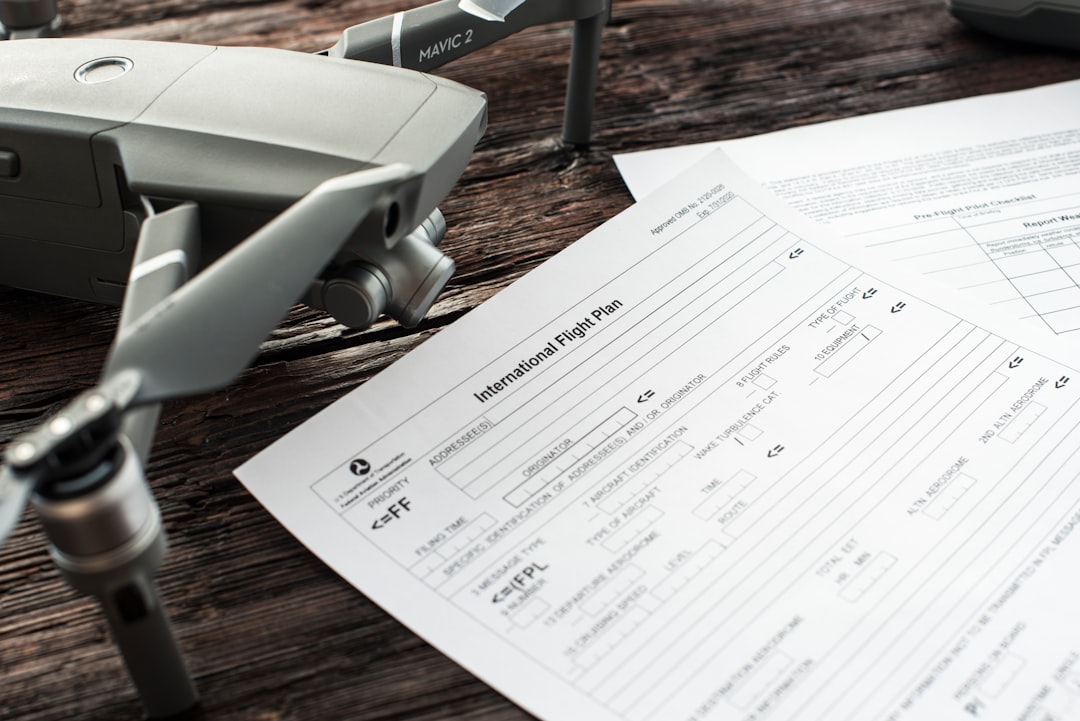Regulations vs. Rules
What's the Difference?
Regulations and rules are both forms of guidelines that govern behavior and actions within a specific context. However, there are some key differences between the two. Regulations are typically more formal and legally binding, often established by government bodies or regulatory agencies. They are usually more specific and detailed, outlining specific requirements and procedures that must be followed. On the other hand, rules are generally more informal and can be established by various entities such as organizations, institutions, or even individuals. They tend to be more flexible and can be subject to change or interpretation. While regulations are often enforced through legal means, rules are typically enforced through social norms or internal policies.
Comparison

| Attribute | Regulations | Rules |
|---|---|---|
| Definition | Officially mandated guidelines or requirements set by a governing body. | Prescribed instructions or principles that guide behavior or actions. |
| Enforcement | Typically enforced by government agencies or regulatory bodies. | Enforced by various entities such as organizations, institutions, or individuals. |
| Scope | Generally broader in scope, covering a wide range of activities or industries. | Can be specific to certain contexts, organizations, or situations. |
| Origin | Usually derived from legislation or statutory laws. | Can be established by authorities, organizations, or communities. |
| Flexibility | May allow for some flexibility or interpretation based on specific circumstances. | Can be more rigid and strictly enforced without much room for interpretation. |
| Compliance | Non-compliance can result in legal consequences or penalties. | Non-compliance can lead to disciplinary actions or consequences within a specific context. |
| Application | Generally applicable to a larger population or industry. | Can be specific to a particular group, organization, or situation. |

Further Detail
Introduction
Regulations and rules are two terms that are often used interchangeably, but they have distinct attributes that set them apart. Both regulations and rules play a crucial role in governing various aspects of our lives, whether it be in the legal, business, or social spheres. In this article, we will explore the key attributes of regulations and rules, highlighting their similarities and differences.
Definition and Purpose
Regulations and rules are both sets of guidelines that aim to establish order and provide a framework for behavior. However, they differ in their scope and level of formality.
Regulations are typically formal directives issued by a governing body, such as a government agency or legislative body. They are often legally binding and carry the force of law. Regulations are designed to ensure compliance with specific standards, protect public safety, and promote fairness and accountability. They are usually more comprehensive and detailed than rules, covering a wide range of specific requirements.
On the other hand, rules are more informal and flexible. They can be established by various entities, such as organizations, institutions, or communities, to govern specific activities or behaviors. Rules are often created to maintain order, promote cooperation, and facilitate smooth operations within a particular context. While rules may not have the same legal weight as regulations, they still play a crucial role in guiding behavior and ensuring harmony.
Enforcement and Compliance
One of the key differences between regulations and rules lies in their enforcement mechanisms and the level of compliance they require.
Regulations, being legally binding, are typically enforced by government agencies or other authorized bodies. Violations of regulations can result in penalties, fines, or even legal action. Compliance with regulations is mandatory, and failure to adhere to them can have serious consequences.
On the other hand, rules are often enforced through self-regulation or peer pressure within a specific community or organization. While non-compliance with rules may not have legal ramifications, it can still lead to social consequences, such as loss of reputation, exclusion from certain activities, or strained relationships. Compliance with rules is usually voluntary, but it is essential for maintaining order and fostering a sense of community.
Flexibility and Adaptability
Another aspect to consider when comparing regulations and rules is their flexibility and adaptability to changing circumstances.
Regulations, due to their formal nature and legal implications, can be more challenging to modify or update. The process of changing regulations often involves extensive review, public consultation, and sometimes even legislative action. This can make it difficult to respond quickly to emerging issues or adapt to evolving needs.
On the other hand, rules are generally more flexible and can be adjusted more easily. Since rules are often established within specific communities or organizations, they can be modified or updated through internal processes. This allows for a more agile response to changing circumstances and enables communities or organizations to address emerging challenges promptly.
Scope and Applicability
Regulations and rules also differ in terms of their scope and applicability.
Regulations, as formal directives, often have a broader scope and apply to a wider range of individuals or entities. They are designed to ensure consistency and uniformity across a particular jurisdiction or industry. Regulations can have national or international reach, depending on the governing body that issues them.
On the other hand, rules are typically more specific and apply within a particular context or community. They can vary significantly from one organization or community to another, reflecting the unique needs and values of each group. Rules can be tailored to address specific challenges or promote specific behaviors within a defined scope.
Conclusion
In conclusion, regulations and rules are both essential tools for establishing order, guiding behavior, and ensuring compliance. While regulations are formal, legally binding directives issued by governing bodies, rules are more informal and flexible guidelines established within specific communities or organizations. Regulations tend to have a broader scope and are enforced through legal mechanisms, while rules are more context-specific and rely on self-regulation or peer pressure for compliance. Both regulations and rules play a crucial role in maintaining order and promoting cooperation, albeit with different levels of formality, enforcement, and adaptability.
Comparisons may contain inaccurate information about people, places, or facts. Please report any issues.